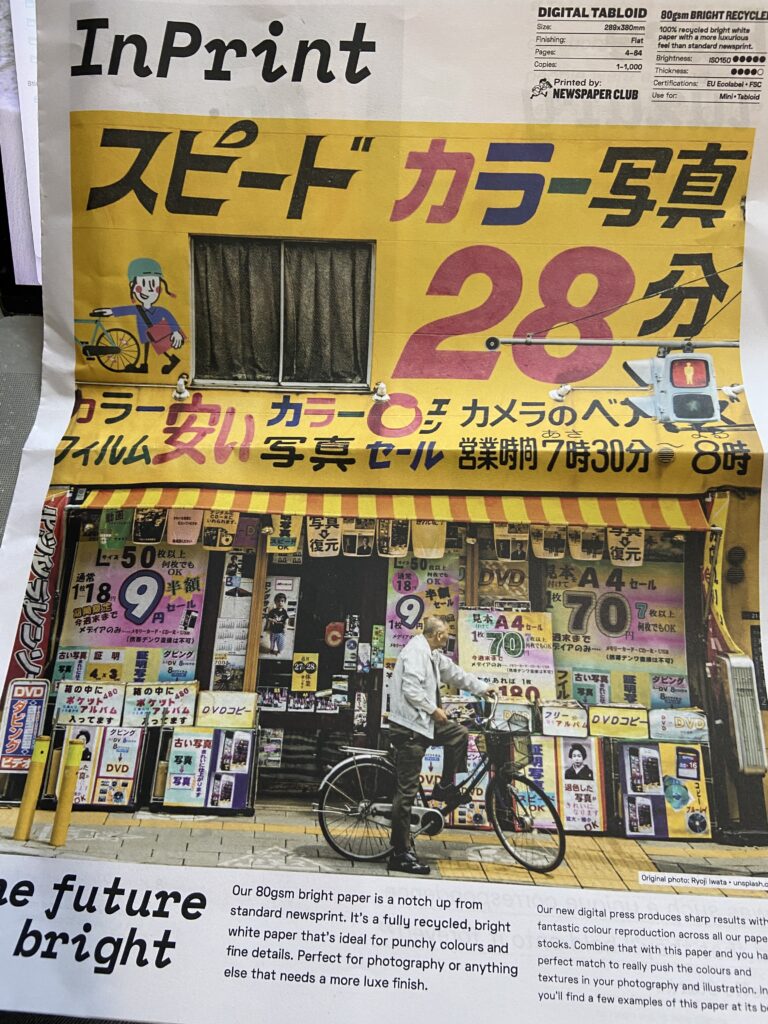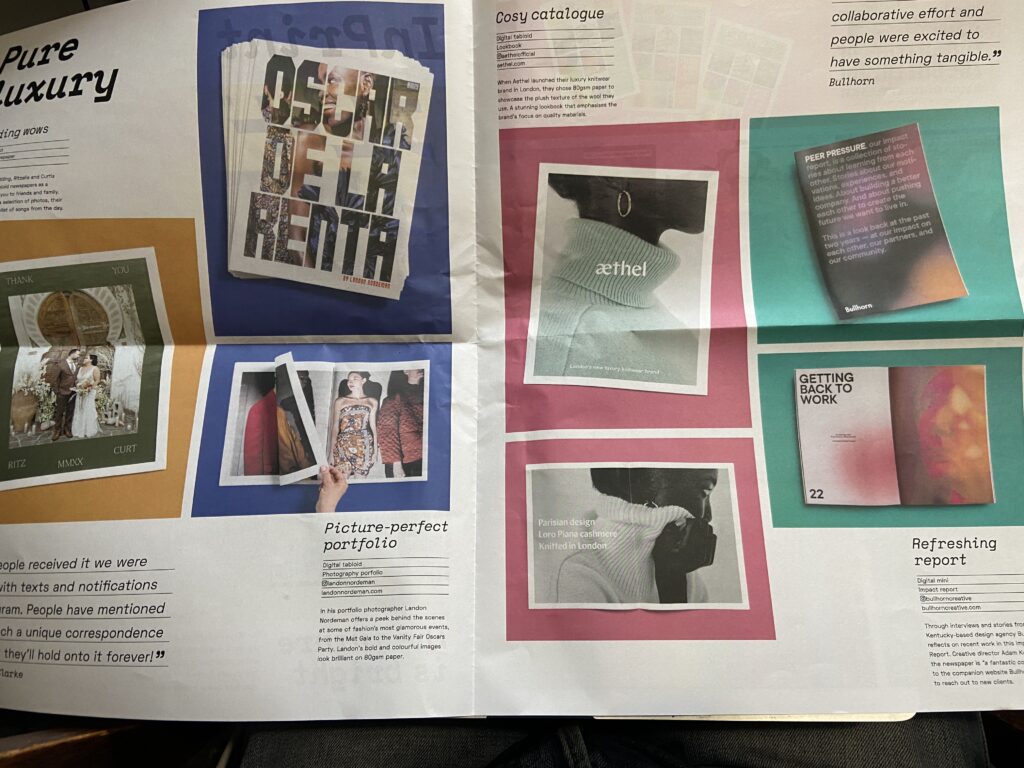- Submit the final draft version of your Major Project via the assignment activity to your tutor.
- Submit extensive material that showcases your work within its context and audience.
- Produce a short reflective commentary of your final steps of your promotional strategy that you will undertake for Project 10.
Use the ‘online text’ box to add a note with any feedback preferences and availability for short tutorial feedback with your tutor.
The feedback received from my tutor on my project 9 submission was positive. We began by discussing the see-saw which has taken up a lot of time and effort. It is important to recognise the time spent on this one aspect of my project but my tutor suggested I should always seek to prioritise and balance my time.
My choice of flush surface mounts and my description of the materials I plan to use was well received. The feedback was that my choice looked modern and professional and fitted well with the aesthetic of my project.
Our next discussion was on placement of each work within the sequence and narrative and my choice of titles.
1. My introductory work of the hospital corridor with the title “Hospital Time Passes Slowly” was well received and works well as first work. The title too seems to work and I have no particular desire to change this.
2&3 My next two works are of view from Rebecca’s hospital room and view from Rebecca’s perspective of her bedside table. These images work in my sequence but there was question over the titles, “My View From Daughter’s Hospital Room” and “My Daughter’s View”. I should pay heed to how I call my daughter, whether by name or as my daughter. A consistent approach is needed. Could I shorten titles for these works to “My View” and “Rebecca’s View”? I will have to think on this as I wonder whether these titles convey the sense of Rebecca’s limited view lying in hospital bed, in pain, her world shrinking and summarised by the few objects on that table next to her bed and my own view looking out the window with my back to Rebecca. Do simpler titles allow my audience to build their own sense of what these works mean?
4 My next work in the sequence shows Rebecca’s memory box with title, ““I have Never Taken the Lid Off Rebecca’s Memory Box” This seems to work in sequence along with the title.
5. My next work is titled “Precipice” and shows a cliff face in Ireland. This is a royalty free image I used so, to simplify permissions for my exhibition I plan to reshoot the photograph of the cliff face. I need high cliffs of a certain profile and I have researched potential sites in the far north of Scotland which I will try and visit. My tutor suggested that I don’t necessarily need the child on top of the cliff but this is up to my personal taste. I think the child gives this image a sense of pathos and a shock for the viewer, what Barthes describes as punctum so am tempted to keep this element. I will think more on this. Is the sheer cliff itself dangerous and daunting and the child is not necessary? The title is well considered.
6 & 7. At point 6 my tutor questioned what should come after “Precipice” My choice here was “Styx”, my image imagining the view looking beyond the coast of life. Firstly, we discussed whether this image is needed as does the photograph carry the same message as my see-saw installation? Secondly, my tutor questioned whether my video work of falling ash, “Scatter” might be a better and more natural fit at position number 6 between my conceptual works and works based on reality. I will think on my choice between the photograph or the video work here and whether one or the other or both are required. As regards my video work, the contrast and hue need thought. A previous attempt at this idea was more clearly ash yet this new work has a very different feel and is less obvious and literal. The more abstract approach works well. However, at the same time, the ash is too pale and the colour changed so that ash is no longer grey but is white. My tutor suggested this looked like icing sugar to her. I will look at this and at the speed at which the video plays. As regards the display of this work in exhibition space, I had thought of a memory card and flat screen television. My tutor suggested that I also consider a projector. There is a practical element to the placement of this work in the exhibition space in that I need a power point for TV or projector. This might define where I must place this work. At the same time, I should be aware that the practicalities of the space should not dictate my narrative. Again, much to consider about “Styx” and about the video work “Scatter”
8. My image shows an old album image, edited in Photoshop and with bold red section added as a glitch during my editing process. I have titled this work “The Abruptness of Death” This work and its title work well.
9. My next image is of small child looking back at the viewer from the liminal space. My title for this work is “Are You Coming?” Maybe a shorter title would allow more space for my audience to form their own opinion and less space for me directing them. A title of “Soon” or “Go Before, “Follow” or maybe “Cortege” which implies a funeral procession or maybe “Death March”.
10. “The Significance of Death” is an image of a crowd all facing the same direction towards a common point. My tutor had doubts over the title for this work. Maybe it needs simplified. So, if I think of my title I discussed for previous image then perhaps “Caravan” or “We Will Follow” although that would mean last work could not be titled as “Follow” I should think on this work as the final piece of my exhibition. Just as my first work introduced my project so this piece should close my exhibition. A better and more meaningful title is needed. I will think about this.
My introduction to my project was well received. I ended this with sentence, “My daughter Rebecca does not feature directly in this exhibition but her being runs like a thread through this project. This brings me neatly to the choice of title for my Major Project. “Art at the Edge of Death” was thought too literal. Maybe a title derived from the titles of my individual works would work well? I should think of a tight narrative related to my personal experiences. So “Like a Thread” or “Scatter”. “Dust” or “Disperse” or “Settle” or maybe “Fade” might work too.
The final part of project which I am working on is a zine newssheet which will be a physical artefact for visitors to take away from the exhibition. We didn’t discuss this on feedback call as I haven’t reached point where zine is ready enough to send to tutor. This newssheet gives me scope to reproduce works from exhibition and to add in additional words or thoughts. I even wondered about including images which didn’t make final exit for my major project but on reflection that feels wrong. I will send on a copy of this next month at project 10.
After discussing the content of my major project, we talked about what comes next. I mentioned the sense of let down at the end of each unit when am pulling together evidential work for learning outcomes. I have always found this dull after the interest and involvement of the meat of the course. My tutor agreed and suggested that the sense of let-down is perhaps because the course is already done and this last part is about crossing t’s and dotting I’s. An administrative task which must be completed.
What next after OCA study is complete? We discussed potential for further courses and perhaps Masters speaking of Fine Arts, Photography and the potential for Art Therapy. My tutor thought this last suggestion might be a very interesting fit and will draft an introduction should this be needed. Other things I am looking at are continues work on collaborative projects particularly following my residency. Further residencies and open calls. All are opportunities to continue my creative work and my research.

